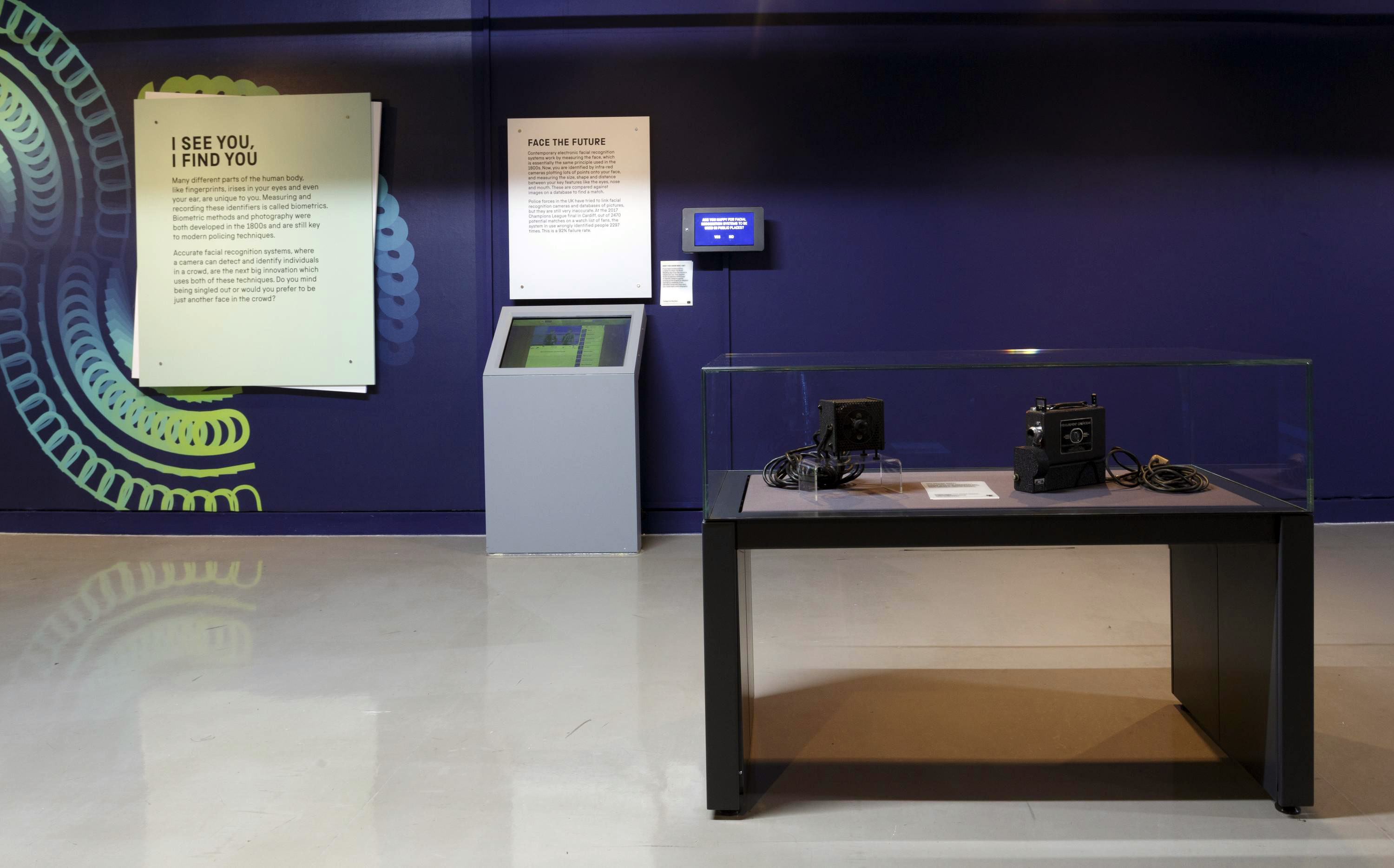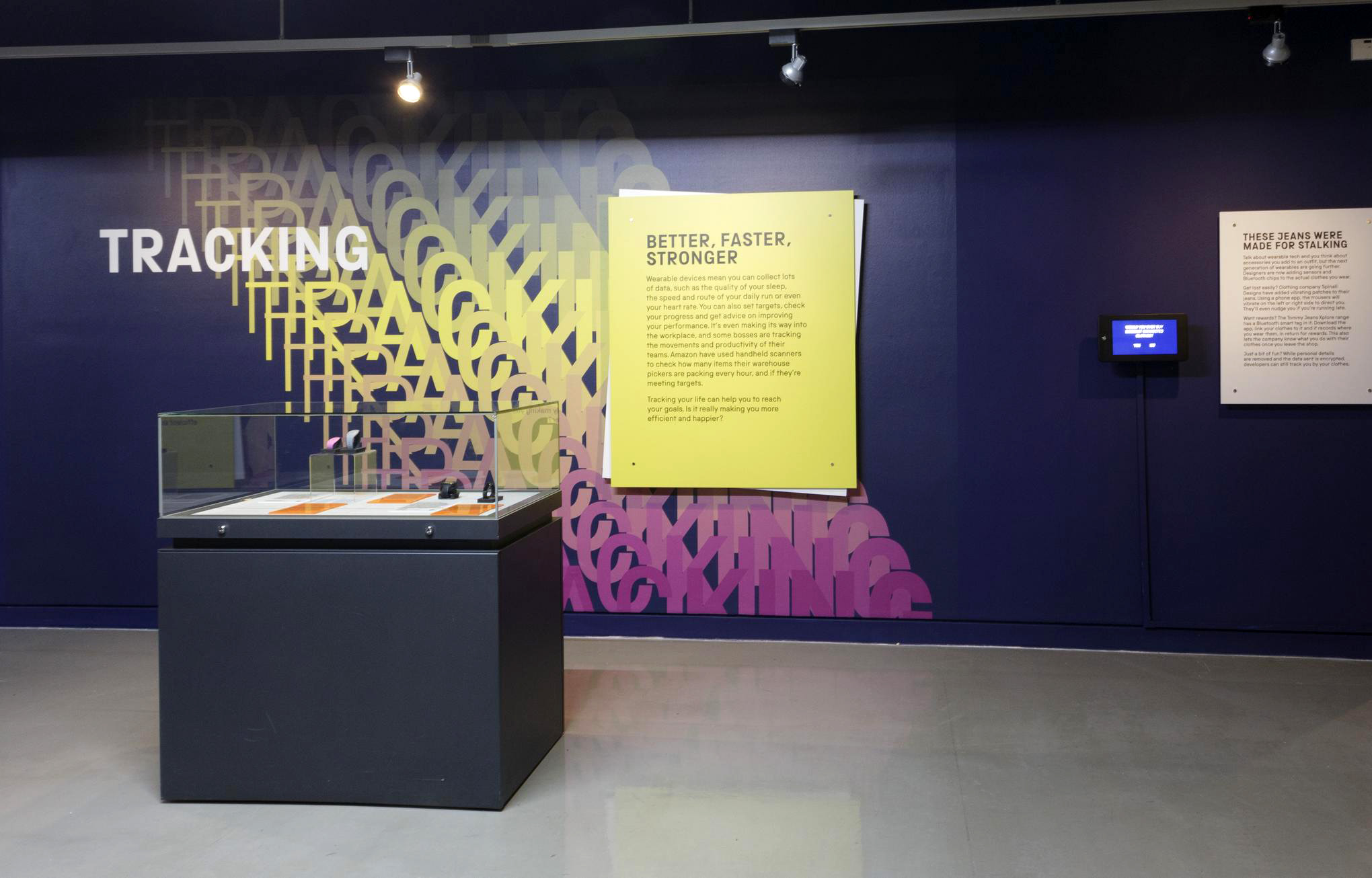The birth of consumer society
In the late 19th century, the Industrial Revolution flooded the market with an ever-increasing array of affordable goods. With the fall in labour costs came the rise of the business-owning middle classes, who prospered from the earning potential offered by fast, efficient machines. At the same time, a trade union backlash led to workers earning higher wages and having more leisure time to spend them. Consumer society was born.
As shopping became the primary national pastime, manufacturers realised the main factor limiting profits was how quickly they could churn products out. If only workers could be as efficient as the machines they operated…
Managing workers’ time
By the turn of the century, scientific management had entered the workplace.
Frederick Winslow Taylor (1856–1915) was an industrial engineer known as ‘the father of efficiency consultancy’. He pioneered the idea of observing and measuring workplace tasks to streamline the manufacturing process. These early time-study methods involved breaking down the process into parts, timing each with a stopwatch, and rearranging them into the most efficient sequence.
Frank Gilbreth (1868–1924) built on Taylor’s work to develop his own motion-study techniques. His approach was to film tasks and analyse how each motion could be performed with the least effort, allowing the development of a standardised ‘best practice’.
Employers feared that, while under observation, employees would be deliberately less productive—keeping management in the dark about how fast the work could actually be completed. In demystifying the production process, Taylor and Gilbreth’s rigorous methods stripped workers of their only capital: their craft.

Tracking workers with technology
As tech manufacturers like Kodak brought camera technology to the mass market, reliable scientific analysis became easier.
An early example of the equipment employers used was the Measurement Cine-Kodak Camera, currently on display in our exhibition Never Alone. Combining film and timing, it enabled the deconstruction and rigorous measurement of workflow, producing data sets that formed the basis of performance targets.
In 1913, Henry Ford created the rolling assembly line, reducing the highly technical craft of automobile construction to a series of individual repetitive processes. This put the power back in the hands of the employer. By knowing exactly how long each step should take, they could set targets and measure performance. Assembly-line manufacturing required less skill, rendering employees disposable: they were forced to hit targets or move aside.
Frederick Winslow Taylor believed scientific management was a means to ‘a fair day’s pay for a fair day’s work’. This notion persists today. In the contemporary working landscape, zero-hour contracts and self-employment in the ‘gig economy’ are fast becoming the norm. Companies such as Uber, Deliveroo and DHL pay per task completed, relying on technology to track the worker’s every action.
Gamification
Today, workers have become self-policing. Data is filtered through apps in a ‘gamified’ format which encourages them to increase their productivity in return for greater reward. Workers are encouraged to set ‘earning goals’ and, if they attempt to log off, are reminded how close they are to hitting them. These are the same psychological techniques used by videogame designers to keep players hooked.
Gamification has long been an efficiency tactic used in Amazon warehouses, where workers are given electronic devices which display their speed, rank their performance against their colleagues’, and alert supervisors to time spent idle. In early 2018, Amazon filed a patent for a smartwatch-like wristband which not only monitors a worker’s performance, but tracks them around the warehouse—right down to the precise location of their hand. The wristband uses a haptic feedback system to guide the worker towards the correct package through vibrations.
Costs and benefits
With Amazon using robots and Uber shifting towards driverless cars, it seems the ultimate aim of the tech giants is to phase out humans altogether. Will the endless data we’re feeding into their systems only serve to hasten our redundancy?
Performance-aiding technology can help workers to earn more money, as well as providing a better service for customers. However, when the incentive to work harder is the risk of losing money—or even our jobs—it encourages a culture of hitting targets at all costs. Workers might avoid taking time off sick to avoid penalties, or speed through a red light to get to the next job faster.
Our increasing obsession with quantitative data might also inhibit creativity. When we focus solely on metrics, the time and space needed for imaginative thinking is lost.
In the early 20th century, there was a belief that efficiency would benefit workers as well as shareholders: if they worked more efficiently, they would have more time to pursue leisure activities. In the 1930s, the economist John Maynard Keynes predicted we would soon see a 15-hour working week; as recently as the 1980s, the ideal of a ‘leisure society’ seemed possible.
Yet the gig economy has turned workers into commodities bought and sold on increasingly competitive labour markets. The pressure to improve ourselves—lest we fall behind in the rat race—means leisure time is increasingly spent perfecting one’s ‘personal brand’.

Productivity gets personal
The obsession with productivity has filtered down into every aspect of our lives, leading to a boom in wearable tech—an evolution of the Measurement Cine-Kodak Camera, allowing us to observe and analyse our own performance. Now, our leisure time has become ‘workified’: the Fitbit, an example of which is also on display in Never Alone, encourages us to hit arbitrary KPIs to reinforce how productive we’re being.
With lifestyles always on display through social media, our personal brand is continuously up for critique. With a Fitbit, not only can you make yourself feel better about how hard you’ve been working to hit your daily goals, you can let your friends know too. As devices feed an endless stream of data back to users and manufacturers, every piece of our lives becomes measurable.
Quantifying yourself can offer certain incentives—US health insurer John Hancock offers reduced health insurance premiums if you wear a fitness tracker. But this preoccupation with measurability is a slippery slope, leading to ever-more-sinister and discriminatory methods of monitoring. In 2018, the state of Virginia proposed changes to public worker health plans that would impose a fine on employees who refused to wear a fitness tracker, or failed to meet targets. The plans were ultimately scrapped, but they remain a worrying sign of the times.
A post-human world?
Today more than ever, hard work is synonymous with self-worth. Work now blends into leisure time, with technology making the overlap seamless. With smartphones, we can easily check office emails around the clock, while wearable tech means we don’t even need to unlock our phones to stay up to date. Clothing company Spinali Design has designed jeans that incorporate vibrating patches—they give you a nudge if you’re running late.
Technology is increasingly becoming an extension of our physical being. Our desire for ultimate efficiency—and the potential for tech to aid this quest—appears to have to put us on the path to a post-human state, where we become living machines.
But where is this relentless drive for efficiency leading us? While we appear to be accomplishing more in less time, we’re arguably working longer hours than ever—both on and off the clock. And the numbers don’t seem to add up: UK productivity remains the lowest in the G7.
Instead, perhaps it’s time we focused on quality over quantity. We should feel less guilty about giving ourselves time to breathe, and see it more as space to let our human creativity flourish.
Never Alone is open at the National Science and Media Museum until 10 February 2019.